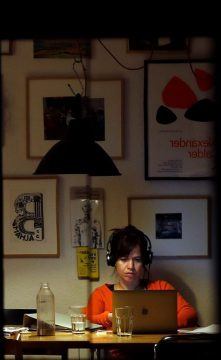 Sarah Stoller in Aeon:
Sarah Stoller in Aeon:
Modern-day flexible work policies didn’t arise in a sudden moment of crisis, but from the slow burn of second-wave feminist activism. In the 1970s, even though growing numbers of women had entered the paid workforce, they continued to do a disproportionate share of the childcare and housework. In the consciousness-raising and campaign groups that cropped up in the US and Europe, women increasingly recognised that what felt ‘merely’ personal was, in fact, political. A new generation of activists pushed for changes in the structure and conditions of paid work. The idea was to render it more suited to the needs of workers with caring responsibilities and allow women of all backgrounds to participate in the economy on equal terms with men. Meanwhile, men would be urged to share more fully in maintaining home and family. Feminist activism for what we now call ‘flexibility’ was part of a vision for remaking communities and supporting the needs of workers as whole human beings. This is most apparent in the first-hand testimony of the women who dedicated their energies to reimagining paid work at a time when the 9-to-5, 40-hour working week was the near-universal model for professional success.
In the decades since feminists first challenged the structures governing paid work, the vision at the heart of their campaigning has been lost. While employers have adopted some feminist ideas for reforming the workplace, for the most part they’ve strategically bracketed the question of who ends up looking after the children. Ironically, piggybacking on feminists’ ideas about transforming paid work has done more to contribute to a 24/7 work culture than it has to opening up new options for women. Only by looking back at the earlier ideals that structured flexible employment policies can we recover a richer sense of what it might mean to imagine a future that works for us all.
More here.
